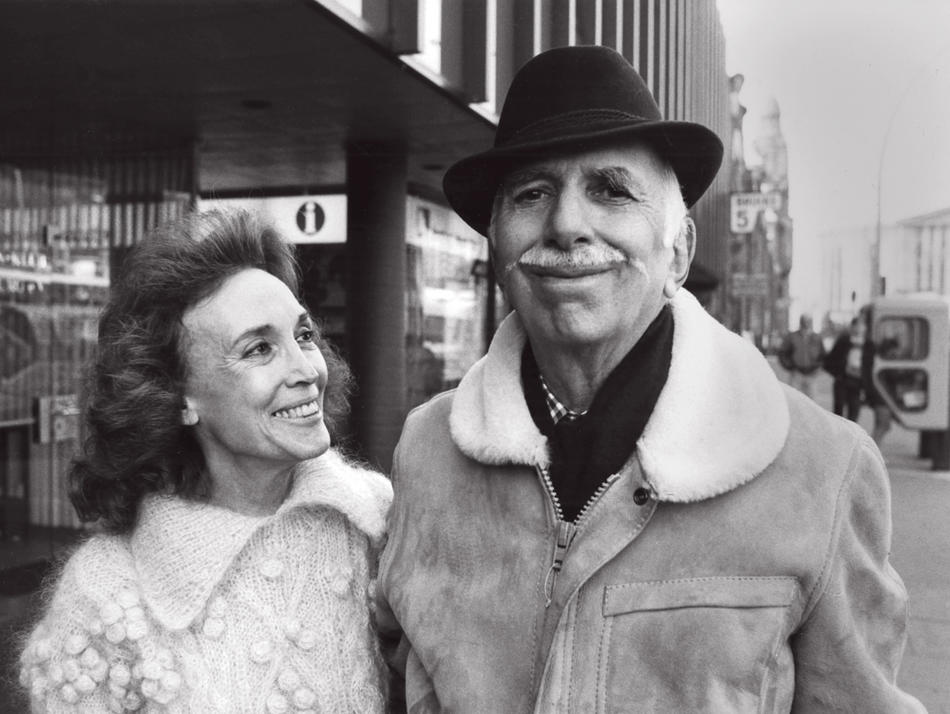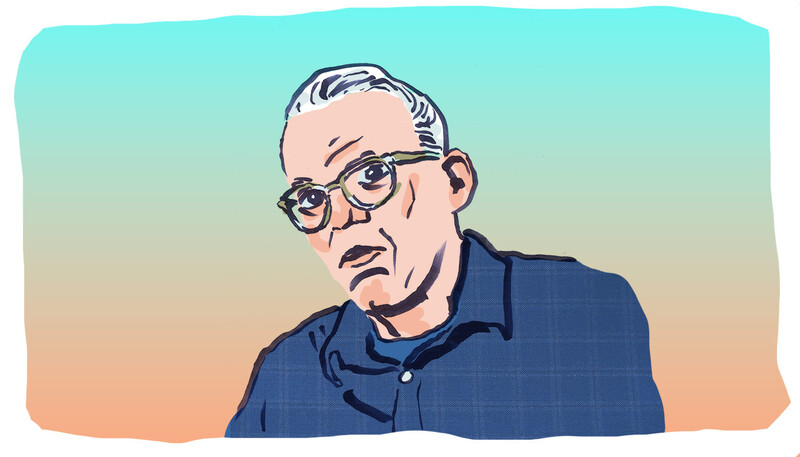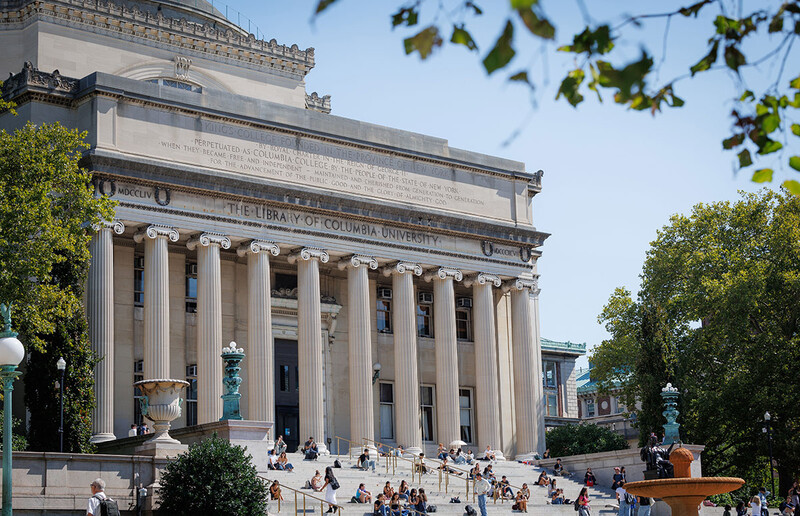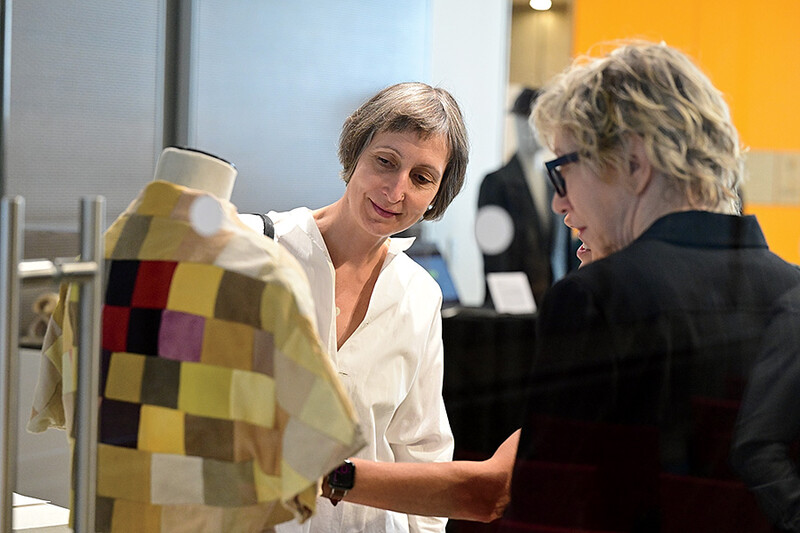Helen Gurley Brown, the longtime Cosmopolitan magazine editor in chief whose plucky writings about sex and dating in the 1960s made her an influential figure in the women’s movement, is now getting behind another kind of revolution.
Brown, who is ninety, recently announced that she will give Columbia and Stanford $30 million to create an institute for digital journalism. The David and Helen Gurley Brown Institute for Media Innovation, named in honor of her and her late husband, David Brown ’37JRN, who produced such Hollywood blockbusters as Jaws, The Sting, and Cocoon, will support journalists and engineers who collaborate to develop technologically savvy ways of gathering and disseminating news. It will be run jointly by Columbia’s journalism school and Stanford’s engineering school, with participants on each coast working together remotely.
“This gift will help us develop the most innovative forms of media and journalism, especially with regard to visual storytelling,” says Nicholas Lemann, the dean of Columbia’s journalism school.
Under the gift agreement, Stanford and Columbia will each receive $12 million to endow a new faculty position and to fund fellowships and grants that will go to journalists and engineers who do collaborative work; the award recipients may be students, postgraduate fellows, or faculty from either university. Columbia will receive an additional $6 million to create a high-tech newsroom and production studio that will be the headquarters of the Brown Institute and serve all Columbia journalism students. The facility will be located in a large, high-ceilinged room at the eastern end of the journalism building’s second floor; construction is expected to be completed by fall 2014.
At the Brown Institute, Lemann says, teams of journalists and engineers could develop computer programs to help reporters spot patterns in huge data sets, new types of interactive charts and graphs to display statistics to audiences in more compelling ways, or strategies for disseminating news articles through social media.
“Another possibility is that we could develop some sort of reputation-management system for online journalism,” says Lemann. “There’s this giant world of electronic news, and people aren’t sure which websites are trustworthy. Is there a way to help readers navigate the vast sea of information online, maybe through user ratings of websites’ reliability? That’s one option that comes up a lot in conversations among journalists.”
The ideas for the projects will come from the Brown Institute’s fellows and grant recipients. “We aren’t assigning the projects,” Lemann says. “We’re inviting proposals and approving the most exciting ones.”
Brown says that her gift was inspired by the memory of her late husband, who attended Stanford before enrolling in Columbia’s journalism school. David Brown worked as a journalist and publisher before entering the film industry; in his later years, he served on the journalism school’s Board of Visitors.
The Brown Institute is part of a larger effort at the journalism school to advance its digital programs. In 2010, the school launched its Tow Center for Digital Journalism, partly to expand the training that the school provides to all its students in video, audio, and other multimedia reporting tools. This past fall, the J-school, in conjunction with Columbia’s own engineering school, launched a dual master’s degree program in journalism and computer science.
“Our programs with these two engineering schools will be complementary, given their emphasis on different stages of a journalist’s education,” says Lemann. “We imagine that the graduates of our new master’s degree program with Columbia’s engineering school, for instance, will be among those applying to the Brown Institute.”



